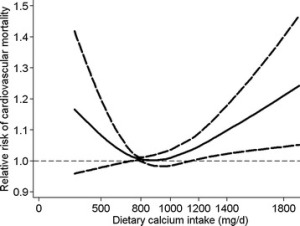Abstract
Pyrroloquinoline quinone prevents testosterone deficiency-induced osteoporosis by stimulating osteoblastic bone formation and inhibiting osteoclastic bone resorption.
Accumulating evidences suggest that oxidative stress caused and deteriorated the aging related osteoporosis and pyrroloquinoline quinone (PQQ) is a powerful antioxidant. However, it is unclear whether PQQ can prevent testosterone deficiency-induced osteoporosis. In this study, the orchidectomized (ORX) mice were supplemented in diet with/without PQQ for 48 weeks, and compared with each other and with sham mice. Results showed that bone mineral density, trabecular bone volume, collagen deposition and osteoblast number were decreased significantly in ORX mice compared with shame mice, whereas PQQ supplementation largely prevented these alterations. In contrast, osteoclast surface and ratio of RANKL and OPG mRNA relative expression levels were increased significantly in ORX mice compared with shame mice, but were decreased significantly by PQQ supplementation. Furthermore, we found that CFU-f and ALP positive CFU-f forming efficiency and the proliferation of mesenchymal stem cells were reduced significantly in ORX mice compared with shame mice, but were increased significantly by PQQ supplementation. Reactive oxygen species (ROS) levels in thymus were increased, antioxidant enzymes SOD-1, SOD-2, Prdx I and Prdx IV protein expression levels in bony tissue were down-regulated, whereas the protein expression levels of DNA damage response related molecules including γ-H2AX, p53, Chk2 and NFκB-p65 in bony tissue were up-regulated significantly in ORX mice compared with shame mice, whereas PQQ supplementation largely rescued these alterations observed in ORX mice. Our results indicate that PQQ supplementation can prevent testosterone deficiency-induced osteoporosis by inhibiting oxidative stress and DNA damage, stimulating osteoblastic bone formation and inhibiting osteoclastic bone resorption.
Wu X, Li J, Zhang H, Wang H…
Am J Transl Res 2017
PMID: 28386349 | Free Full Text

